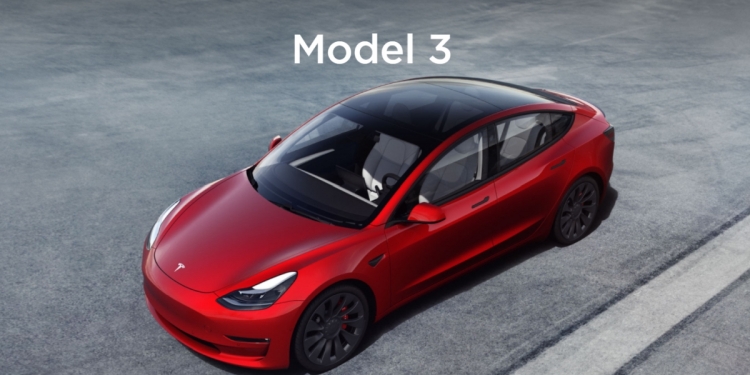Tesla Vision is supposed to be the future for its advanced driver assistance system, and it basically uses cameras—as opposed to radar—-to guide its autopilot system. Elon Musk’s company has just announced that Model 3 and Model Y vehicles that will be shipped to North America will not be equipped with radar sensors, in favour of the camera-based autopilot system.
These will be the first ever vehicles from Tesla to purely rely on camera vision and neural net processing, and to help with this “transition”, there will be a couple of “temporarily limited or inactive” features, namely:
- Autosteer will be limited to a maximum speed of 75 mph and a longer minimum following distance.
- Smart Summon (if equipped) and Emergency Lane Departure Avoidance may be disabled at delivery.
However, autopilot and full self-driving features will be active at delivery. So, why are Tesla so adamant about this?
“When radar and vision disagree, which one do you believe?”
Well, Musk actually tweeted about this a month or so ago, explaining that “vision”, or cameras, offer more precision. The Tesla chief also explained that cameras just have more orders of magnitude, and more bits than radar—or even LiDAR, the technology now available on the latest iPad Pros and iPhones.
When radar and vision disagree, which one do you believe? Vision has much more precision, so better to double down on vision than do sensor fusion.
— Elon Musk (@elonmusk) April 10, 2021
Tesla hasn’t exactly explained why they are only doing this for these two models—and two very popular ones, at that. The company is maintaining radar sensors on the new Model S and Model X cars, as well as all Tesla vehicles for vehicles outside North American markets.
However, the firm says that the high volume nature of Model 3 and Model Y will allow them to analyse the real-world data, with a possible view to rolling out Tesla Vision more widely. It is a move that is viewed as one that is rather counter to the industry standard, but Tesla—and to a degree, Elon Musk—has never really been one to follow the well-travelled road.
If you’re in North America, and you want to find out if your car is equipped with radar, all orders made before May will be equipped with radar sensors. To find out more, click here to view Tesla’s support page.








